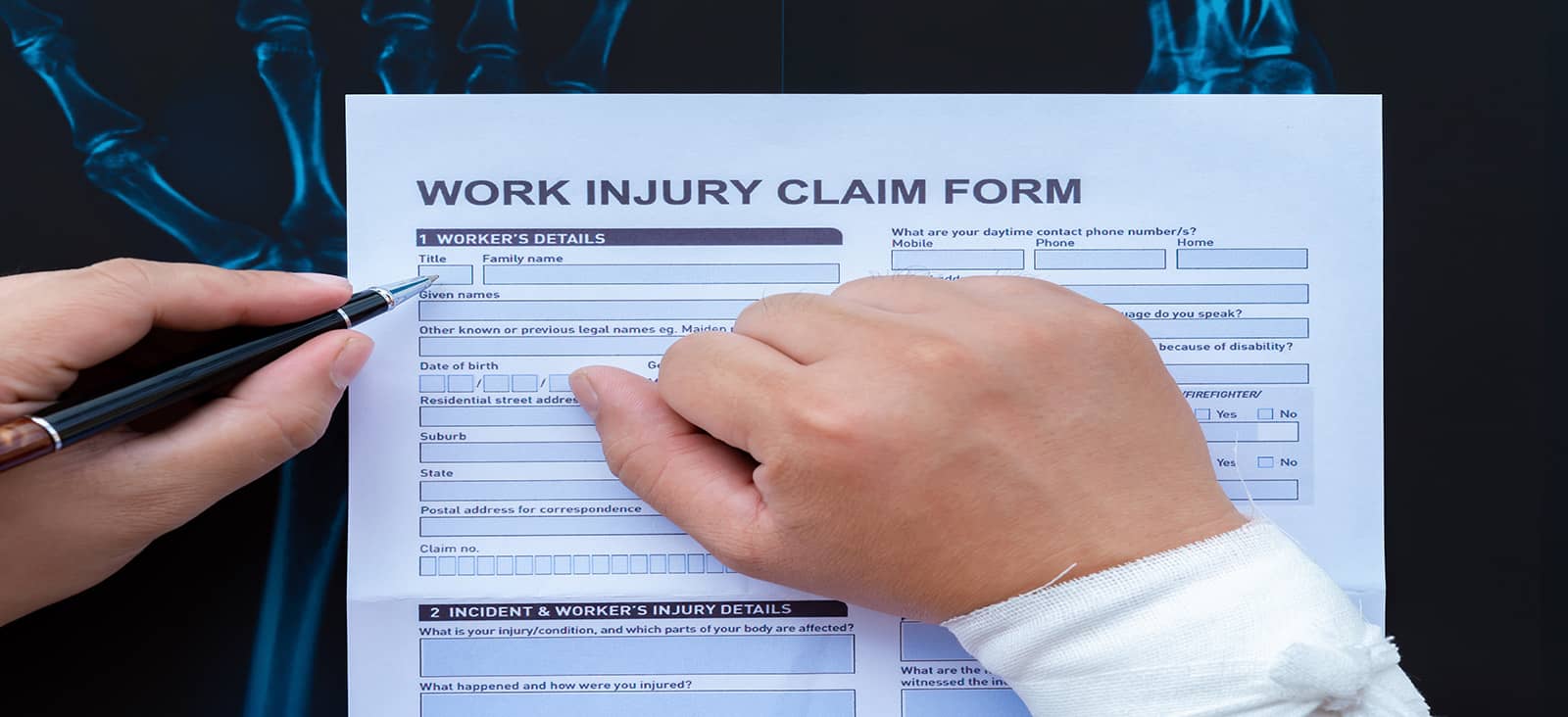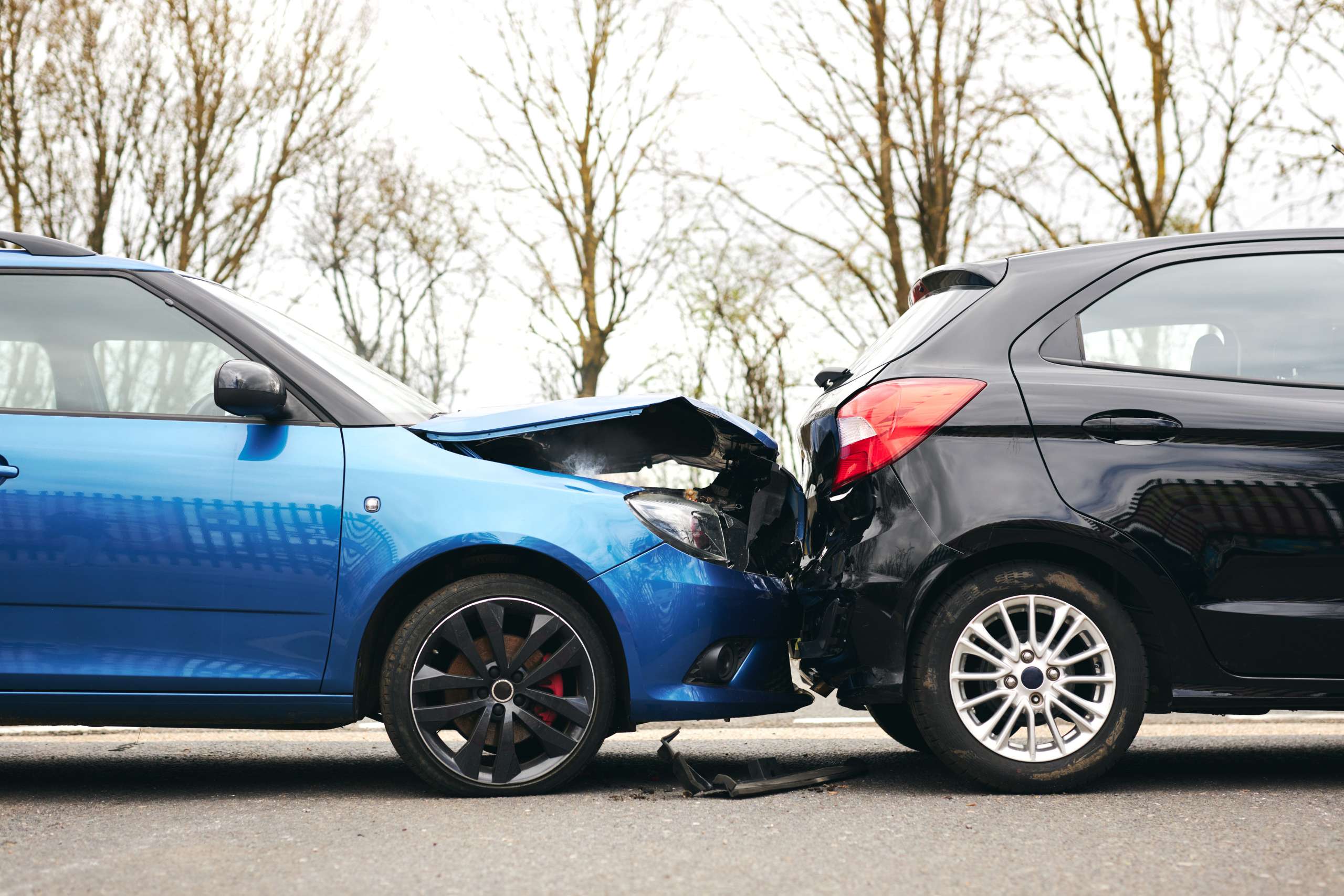Bicycle Laws in Illinois: The Comprehensive Guide for Cyclists

If you ride a bicycle in Illinois, knowing the rules of the road isn’t just a good idea – it’s the law. As a cyclist, you have the same rights and responsibilities as drivers of vehicles, which means following traffic laws to the letter.
This guide will walk you through everything you need to know about bicycle laws in Illinois, from required equipment to sharing the road safely.
Illinois Bicycle Laws, Explained
Under the Illinois Vehicle Code, a bicycle is defined as “every device propelled by human power upon which any person may ride, having two tandem wheels except scooters and similar devices.”
As a cyclist in Illinois, you’re granted all the rights and duties applicable to drivers of vehicles, with a few exceptions we’ll cover later. That means obeying traffic signals, signs, and the rules of the road just like any other vehicle.
Speaking of required equipment, the law mandates that every bicycle ridden at nighttime shall have:
- A front lamp emitting a white light visible from at least 500 feet away
- A red reflector on the rear visible from 100-600 feet away
- Pedal and side reflectors
Where and How to Ride Your Bicycle Legally
The general rule for riding your bike in Illinois is riding as close as practicable and safe to the right-hand curb or edge of the roadway. But there are exceptions where you can move further left, such as:
- When overtaking or passing another bicycle/vehicle
- Preparing for a left turn
- Avoiding hazards or narrow lanes (less than 14 feet wide)
- Approaching a place where a right turn is allowed
- On a one-way highway with multiple marked lanes
You can also ride two abreast, as long as you don’t impede normal traffic flow. Just use common sense and be considerate of others on the road.
Many cities have designated bicycle lanes marked with symbols and arrows. When a bike lane is present, cyclists should use it whenever possible (unless making turns or avoiding hazards). Pay attention to lane markings like solid lines (don’t cross) versus dashed lines (legal to cross).
As for sidewalks, local ordinances dictate the rules. If permitted, cyclists must yield the right-of-way to pedestrians and give audible signals before passing.
Bicycle Turning and Signaling Requirements
Making safe, legal turns is crucial for cyclists. When turning left, you have two options:
- Execute a vehicular-style left turn by moving into the left lane/side of the road before the intersection.
- Or, do a pedestrian-style left turn. Ride near the right curb, stop at the far pedestrian corner, and then proceed across the intersection when clear.
No matter which method you choose, proper hand signaling is required at least 100 feet before the turn and while stopped waiting to turn. Use your left arm extended horizontally for left turns, and right arm up or extended right for right turns.
Bicycle Safety Gear: Recommendations and Laws
Safety gear isn’t just smart, it’s often legally required for cyclists in Illinois:
- Helmets are mandatory for anyone under 16 riding on public roads and sidewalks. For all ages, they reduce the risk of serious head injury by up to 85%.
- For night riding, you must have a front headlight visible 500+ feet ahead and a rear red reflector or flashing light.
- Child carriers, trailers, and trailer cycles have specific regulations – consult local laws before using them.
Proper helmet fit is also key. Use the “eyes-ears-mouth” test: when the helmet is level, you should just see the front rim with your eyes, the side straps form a “V” under your ears, and you can open your mouth wide with pressure on your head.
Electric Bicycles and Illinois Laws
The rise of electric pedal-assist bicycles (e-bikes) has brought updated Illinois laws. There are now three classes defined:
- Class 1: Motor assists only while pedaling, stops assisting at 20 mph
- Class 2: Motor can propel the bike without pedaling, up to 20 mph
- Class 3: Motor assists while pedaling, stops assisting at 28 mph
E-bikes can be ridden on roads and bicycle paths (unless prohibited). However, Class 3 models have a minimum operator age of 16. All e-bikes must also meet federal safety standards.
Bicycle Laws by Municipality
Municipalities can have their own ordinances in addition to state bicycle laws. For instance, Chicago has specific regulations for riding on certain streets and sidewalks.
When in doubt, check local rules or consult cycling groups and resources. Many publish helpful guides breaking down municipal bicycle codes.
Cyclists Rights in a Car Accident
If you’re a bicyclist in Illinois who has been injured in an accident caused by a negligent driver, you have the right to seek compensation for your losses. This can include medical expenses, lost wages, pain and suffering, and more.
It’s essential to document your injuries, gather evidence from the scene, and consult with an experienced bicycle accident attorney who can help protect your rights and fight for the compensation you deserve.
Remember, you’re not alone, and there are resources available to help you navigate the legal process and work toward recovery.
Sharing the Road: Tips for Cyclists, Pedestrians, and Motorists
The roads belong to all of us, so it’s essential that cyclists, pedestrians, and motorists alike understand how to share them safely.
For cyclists, that means being visible, communicating your intentions with hand signals, and obeying all traffic laws, just like vehicles. Ride predictably, avoid the “door zone” near parked cars, and never ride against traffic.
Pedestrians, remember to make eye contact with cyclists (and drivers), use crosswalks, and obey pedestrian signals. Don’t step into the road without ensuring it’s clear in all directions.
As for motorists, the “Dutch Reach” technique (using the hand furthest from the door) can prevent dooring incidents with cyclists. When passing, Illinois law requires giving at least 3 feet of space. And always check blind spots – trucks and buses have larger ones that can obscure a cyclist from view.
Injured in a Bicycle Accident? Onward Injury Law is Here to Help
Riding legally and safely isn’t just smart – it helps build respect between all road users. By following the rules of the road and keeping a cool head, we cyclists can share Illinois streets in harmony.
Call Onward Injury Law if you’ve been in an accident on the road – our legal team will fight to protect your rights and ensure you receive the support you need after an incident. Don’t face the aftermath alone.



